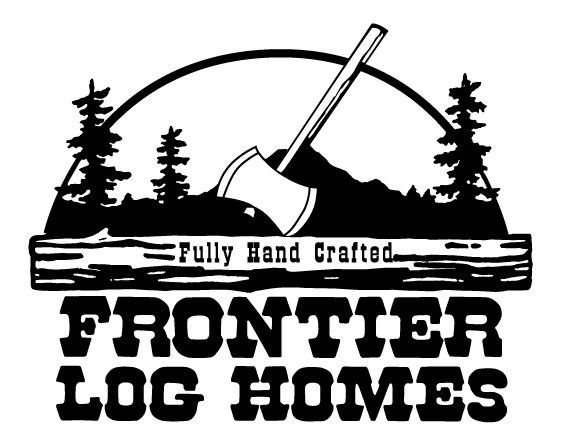Many believe that because log cabins are made of wood that they are prone to fires. However, this is not the case. In fact, log homes are far safer than many standard types of house frames. What makes them more safe?
Why are Log Homes safer than traditional frame homes?
Although made of wood, the large logs used for building homes do not ignite immediately.
- The ratio of surface area to volume is very low. This means that the area exposed to any heat or flames is much smaller than the entire volume of the log. With the more conventionally built homes, there is a larger surface area to volume ratio because of the thinner boards of wood. This causes the wood to catch on fire quicker.
- Charring creates insulation. If the surface of a timber is burned, the log is instantly insulated from more heat. Even if charred, thick logs maintain the majority of their strength.
- The oxygen levels are lower. Because the walls of the cabin are so sturdy, oxygen from the inside doesn’t reach and fuel the blaze on the outside and vice versa.
- There aren’t many pathways for the fire to spread through. The logs used to build your home are constructed so that the structure is well insulated. This means there are very few openings for heated or cooled air to escape or enter. Because the air can’t get in or out, it’s also hard for flames to spread through walls.
- The structure is strong. The massive logs that make up your walls keep your house incredibly sturdy. This means even if a few logs are severely damaged by flames, there is a very small chance of the building collapsing.
More Fire Safety
While log cabins are pretty safe from the flames on their own, there are some extra steps you can take to ensure they are as safe as they can be.
- Keep your chimney clear. Blocked chimneys can be a huge fire hazard!
- Discard debris. The excess foliage around your home or dead leaves on your roof are prime ways for wildfires to start.
- Be wary of branches. Low hanging branches of nearby trees are more likely to catch and spread wildfires. Trees too close to your home also put it at risk.
- Try using some fireproof materials. Using special kinds of chinking, roofing, and other aspects of the home can decrease the amount of fire fuel available.

